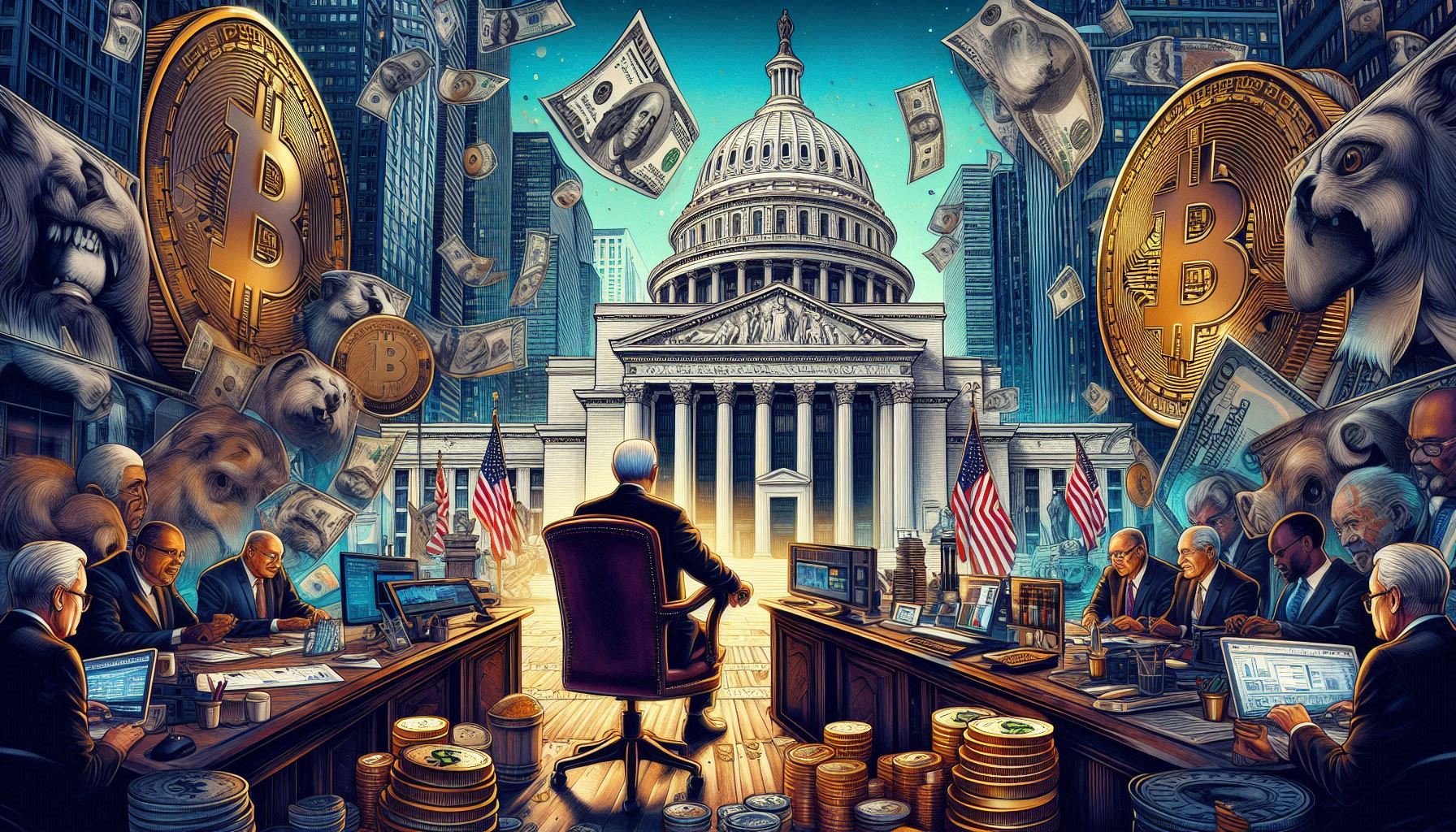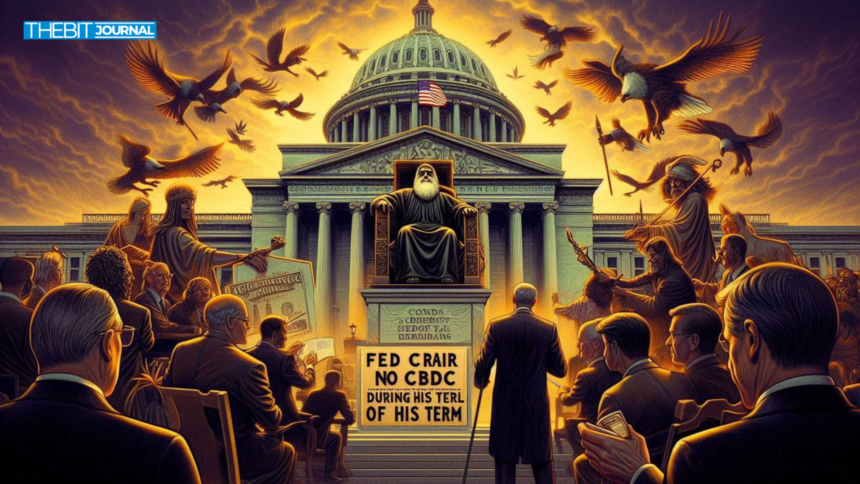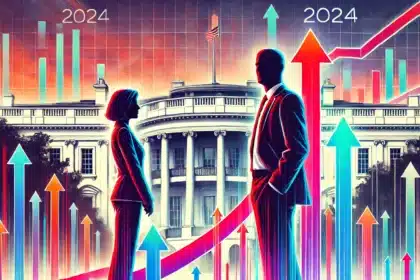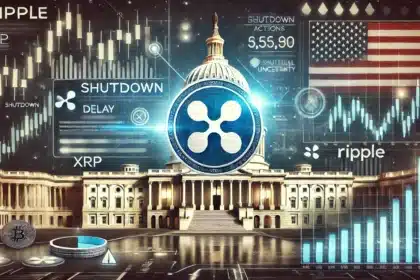In a definitive policy statement, Federal Reserve Chair Jerome Powell has announced that the United States will not introduce a central bank digital currency (CBDC) while he remains in office. Addressing the Senate Banking Committee during his semiannual monetary policy testimony, Powell confirmed that the Fed’s research has not identified a strong need for a CBDC, effectively quelling speculation that the US might follow China’s lead in launching a state-backed digital currency.
The announcement comes amid a broader debate over financial privacy, government control, and the future of digital payments. While some policymakers argue that a CBDC could modernize the financial system, critics warn that it could lead to increased surveillance and excessive centralization. Powell’s remarks reinforce the position that the Fed will not move forward with a CBDC without Congressional authorization.
Fed’s CBDC Research: No Clear Justification for Adoption
Based on available data, for the past four years, the Federal Reserve has been actively researching CBDCs, culminating in a 2022 report that weighed their potential benefits and risks. Despite ongoing discussions, the Fed has refrained from committing to an official digital dollar, citing multiple concerns, including:
- Privacy Risks – A US CBDC could give the government unprecedented insight into individual financial transactions, raising surveillance concerns.
- Existing Payment Infrastructure – The US already has an efficient payment system, including instant settlement networks like FedNow, reducing the need for a CBDC.
- Legal Barriers – The Federal Reserve does not have unilateral authority to introduce a CBDC and would require Congressional approval.
- Risk of Bank Disintermediation – A CBDC could undermine commercial banks, as consumers might shift their deposits directly to the Fed, affecting credit markets.
The Fed has instead focused on enhancing existing payment technologies, particularly with the launch of FedNow, a real-time payments system designed to facilitate instant transactions without requiring a CBDC.
“There is no compelling need for the United States to develop a CBDC at this time. Our focus remains on improving existing payment solutions.” – Jerome Powell, Federal Reserve Chair

Political and Market Reactions to Powell’s Stance
Powell’s declaration sparked mixed reactions across financial and political circles. While many lawmakers support his decision, some financial experts and policymakers argue that the US risks falling behind in the global digital currency race.
Senator Bernie Moreno (R-Ohio), who questioned Powell during the testimony, stated:
“A CBDC would give the government unprecedented control over private financial transactions. I fully support the Fed’s decision to abandon this concept.”
Meanwhile, some analysts believe the lack of a US CBDC could reduce American influence in digital finance, especially as countries like China, the European Union, and India push forward with their own digital currency initiatives.
Dr. Lisa Tran, Senior Economist at the Digital Finance Institute, commented:
“While Powell’s stance ensures privacy protections, it also means that the US will continue relying on private-sector digital payment innovations, potentially losing its edge in shaping the global CBDC framework.”
Trump’s Executive Order: A Final Nail in the CBDC Debate?
President Donald Trump allegedly recently signed an executive order banning any federal agency from pursuing the development of a digital dollar. The order states:
“Except where required by law, all ongoing plans or initiatives related to the creation of a CBDC shall be immediately terminated.”
Sources say Trump has repeatedly argued that CBDCs represent a government overreach that could lead to mass surveillance and financial restrictions. His executive action aligns with Powell’s position and reinforces that the US will not be issuing a CBDC in the foreseeable future.
The Future of Digital Payments in the US
The decision not to pursue a CBDC does not mean the US is ignoring digital finance. Experts predict that the Fed will continue working on alternative payment solutions while allowing the private sector to drive digital currency adoption.
Dr. Anjali Mehta, Blockchain Policy Analyst at FinReg Solutions:
“The Fed’s approach indicates that private-sector stablecoins and blockchain-based payment networks will continue to dominate the US digital asset landscape. The challenge will be ensuring regulatory oversight without stifling innovation.”
Michael Reeves, Senior Strategist at Digital Bank Innovations:
“With the rise of stablecoins and the success of FedNow, the US financial system is already evolving. A CBDC may not be necessary if existing payment methods continue improving.”

Conclusion: The Future of US Digital Currency Policy
With Fed Chair Jerome Powell reaffirming that the US will not issue a CBDC, the focus now shifts to private-sector innovation in digital payments. The introduction of FedNow and the increasing adoption of stablecoins suggest that the US is moving towards an enhanced digital financial infrastructure without central bank intervention.
Whether a future administration reopens the debate remains uncertain, but for now, Powell’s stance ensures that a digital dollar remains off the table during his tenure.
The BIT Journal is available around the clock, providing you with updated information about the state of the crypto world. Follow us on Twitter and LinkedIn, and join our Telegram channel.
FAQs
1. What is a CBDC, and how does it differ from stablecoins?
A Central Bank Digital Currency (CBDC) is a digital form of fiat currency issued by a central bank. Unlike stablecoins, which are issued by private companies and pegged to assets like the US dollar, a CBDC would be directly backed by the Federal Reserve.
2. Why is the US not pursuing a CBDC?
The Fed has cited privacy concerns, existing payment efficiency, and legal barriers as key reasons for not developing a CBDC at this time.
3. Does Powell’s stance mean the US will never issue a CBDC?
While Powell confirmed that no CBDC will be developed under his leadership, future administrations or Fed chairs could revisit the issue.
4. What alternatives is the US exploring instead of a CBDC?
The Fed has launched FedNow, a real-time payment system, and continues to oversee stablecoin regulations, which may serve as alternatives to a government-issued digital currency.
Glossary
CBDC (Central Bank Digital Currency): A digital form of a country’s fiat currency issued and regulated by a central bank.
FedNow: A real-time payments system developed by the Federal Reserve to facilitate instant transactions without requiring a CBDC.
Stablecoins: Cryptocurrencies pegged to the value of traditional assets, such as the US dollar, often used as digital payment alternatives.
Executive Order: A directive issued by the President of the United States that manages operations of the federal government.
Bank Disintermediation: A scenario where individuals move funds away from commercial banks and directly into central bank accounts, potentially affecting lending markets.




























